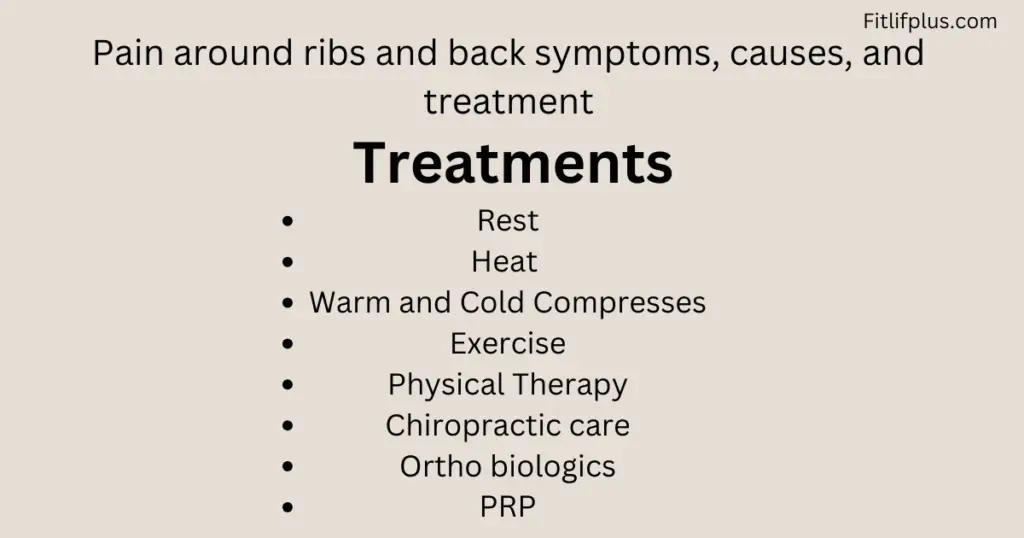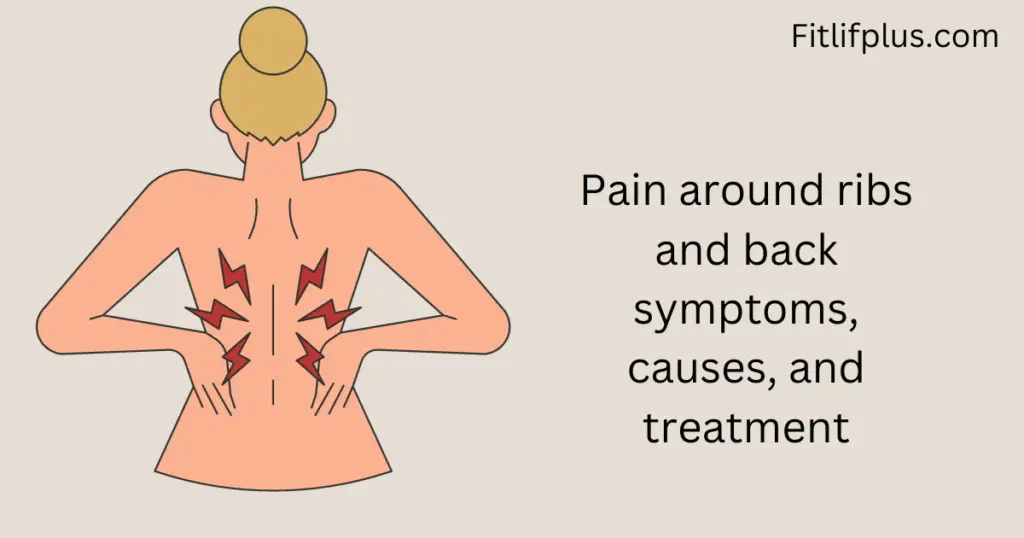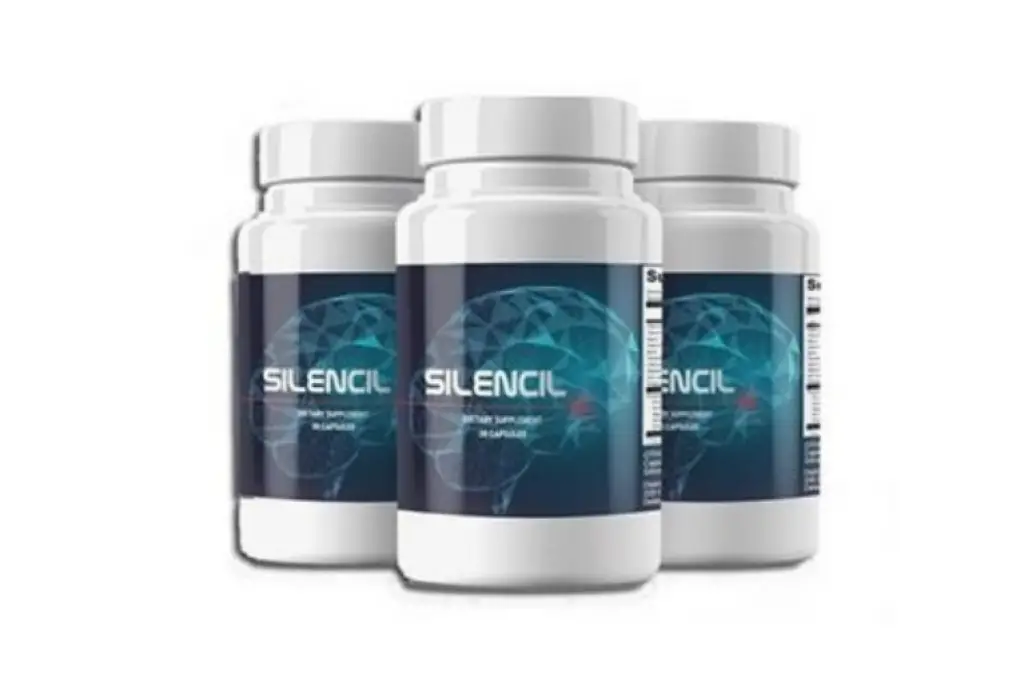To understand the causes of pain around ribs and back symptoms, it’s essential to understand the connection between them. These two regions are not only connected by pain but also by muscles.
There are intercoastal muscles in the adjacent space between the adjacent ribs. These muscles work in setting up the chest wall and also make a connection between both ribs. Therefore, the intercostal muscles can be the leading cause of the pain around the ribs and back symptoms.
In this article, we will discuss its causes, symptoms, and treatment in detail:
Common causes of the pain around ribs and back symptoms
Here are some common causes of pain around the ribs and back:
1. GERD
Gastroesophageal reflux disease is a chronic disease in which stomach acid goes back and forth in the esophagus. Simply put, the partially digested food flows back from the stomach to the esophagus.
Everybody experiences some reflux, but it doesn’t usually cause symptoms. The National Library of Medicine states that the muscle known as the lower esophageal sphincter between the esophagus and stomach prevents food and stomach acid from refluxing.
When this muscle sphincter gets weak and damaged, it lets the acid move back to the esophagus, resulting in symptoms like heartburn, chest pain, pain around the ribs, and back symptoms, including difficulty swallowing food.
2. Rib Facet pain
Every rib is attached to a corresponding vertebra at two points with ligaments. These ribs are also known as the ribs facet. They are also known as the costrovertebral and costrotransversal joints. Sometimes, the damage in these joints results in pain in the ribs and back. The pain is specific to a spot but can worsen with a deep breath. Sometimes, you can feel that the particular area is out of place.
3. Bone fracture
Severe trauma like a bone fracture occurs after a car accident, a severe fall, or a solid direct blow to the rib area. Such things can easily fracture a rib, sternum, clavicle, etc. Any of the fractures mentioned above make you feel rib pain. Rib fractures specifically cause pain that gets worse with a cough and a deep breath.
4. Infection
Infection in the muscles, thoracic discs, bones, and organs can result in ribs and back pain. A viral infection known as Herpes Zoster can cause similar but severe burning pain.
In this case, you will notice a red rash that will progress in the form of fluid-filled blisters that are extremely painful.
5. Muscle strain
The muscles surrounding the back and ribs can stretch and brace involuntarily and voluntarily to facilitate breathing and protect the other vital organs. It also benefits the mobility of the body.
As we age, it becomes easy to strain these muscles with a simple twist, bend, and turn. Muscle strains are over-stretched muscle fibers and differ from sprains that affect ligaments. The commonly strained muscles in the torso and back include the intercostal, primary back, and chest muscles.
When a muscle is overstretched, its fiber gets damaged as it is pulled past its limits. Bruising and pain have a lengthy recovery period due to the slow healing of muscles.
6. Costochondritis
“Tietze syndrome,” also known as costochondritis, is a condition that results from inflammation in the cartilage that holds the ribs together. It is a very sharp pain, and as the unexpected inflammation occurs, people often confuse it with a heart attack.
The pain results in a stabbing sensation with deep breaths, making breathing difficult. Costochondritis mainly affects the middle age people. However, it is recommended for people suffering from it to have their cardiac workup done, especially if they already have a history of cardiovascular disease. It’s always better to be safe than sorry.
Warm compresses and over-the-counter anti-inflammation medicine can quickly relieve the pain.
7. Splenic and hepatic flexure syndrome
Splenic and hepatic flexure syndrome occurs when the gas accumulates or is trapped in the colon. Due to the build, the air will push against the wall of the digestive tract and stomach. It can pressure the surrounding organs, resulting in uneasiness and pain.
Though the liver and spleen flexion is not dangerous, it can be painful sometimes. The main symptoms of splenic and hepatic flexure syndrome include pain under the ribs, chest pressure, and cramps in the left and right side of the ribs.
Also read: Can Constipation Cause Back Pain?
Treatment
Fortunately, depending on the cause, many treatments and natural remedies exist to relieve back pain. If the methods don’t work, you may need to visit a doctor for a detailed check so he can recommend ortho-biological treatments or a surgical procedure according to your current condition.

1. Rest
Rest is essential to let the affected area heal. It includes avoiding certain activities that can cause pain and aggravate the condition.
2. Heat
Applying heat can reduce inflammation and increase blood flow to alleviate the pain.
3. Warm and cold compresses
If your pain around the ribs and back is due to inflammation, you can treat it with the help of a cold or a heat pack. Experts recommend using a cold compress to benefit blood circulation and avoid muscle stiffness.
You can also use a bag of frozen peas or crushed ice on your upper or middle back for 20 minutes. A hot water bottle for 20 minutes in the affected area will benefit the muscle stiffness. Repeating the process for 2 to 3 days will help eliminate the pain around the ribs and back symptoms.
4. Exercise
Doing regular exercises will improve your posture and reduce back and rib pain. For example, stretching supports the body and enhances the range of motion. The best stretching exercise to relieve back pain is the prayer stretch.
In addition to stretching, strengthening exercises can also aid in managing pain around the ribs and back symptoms.
5. Physical therapy
Physical therapies alleviate pain, improve flexibility, and strengthen the muscles around the affected area.
6. Chiropractic care
Chiropractic care is beneficial in realigning the ribs and the surrounding structure to alleviate the pain.
7. Orthobiologics
Orthobiologics involves the usage of naturally derived substances in the treatment of common orthopedic conditions. For example, bone marrow concentrate and PRP treatment
8. PRP (Platelet- Rich Plasma Therapy
In PRP, the patient’s blood sample is taken from which the healing components are extracted. Then, the platelets are processed and reinjected into the patient’s injury site, which benefits the healing.
The platelets will release growth factors at the site to attract the healing cells and produce a web-like fibrin-like structure. The fibrin will benefit the development of new cells and tissues. The high platelets on the injury site promote early relief from pain around the ribs and back symptoms.
The PRP is an outpatient procedure and takes around 45 minutes. It’s a go-through treatment for sports-related spine and orthopedic injuries.
When to see a doctor?
A person should Immediately consult a doctor if:
- The pain gets worse
- It’s limiting your motion
- It causes fever, nausea, chills, vomiting, and other symptoms.
- It is for a few days after the home treatment.
People who think they have gallstones should immediately consult a doctor to see if that’s a sign of an emergency. Seek emergency help if you have the following symptoms.
- Have severe pain that is limiting your motion ability
- The person is feeling sick
- It comes with jaundice
- The symptoms are getting worse with the time
- It results in shortness of breath, chest pain, or trouble breathing
FAQ’s
What is the cause of pain in the ribs and back?
Aside from infections, injuries, rheumatoid conditions, and degenerations, organ health can also result in pain around the ribs and back symptoms. Your organ health can also cause ribs and back pain, and in severe cases, it becomes difficult to distinguish between the pain due to the enlarged spleen and rib fracture.
What are the causes of rib pain without injury?
Rib pain without traumatic injury can be due to muscle strain, pain syndrome of unknown causes, or joint inflammation. Sometimes, systemic illnesses like fibromyalgia and autoimmune disorders.
How do you relieve back pain and rib pain?
There are many ways to eliminate the pain around ribs and back symptoms. It includes:
- Applying the ice pack or following the heat therapy
- Pain medications for swelling and inflammation
- Splinting the area if breathing is painful
- Taking proper rest
- Limiting physical activities to let the muscles recover.
When is back and rib pain serious?
Some minor injuries can result in back and rib pain. These are generally not severe injuries and often heal on their own. However, sometimes, it results from a severe health issue and happens when the pain is intense. Some extreme health conditions can cause low pain that comes suddenly without any cause and has no apparent symptoms.
How is rib pain diagnosed?
Rib pain occurs after an injury is diagnosed with X-rays to detect fractures and bone cracks. MRIs and other scans can also help detect damage in the soft tissues.
Conclusion
Some minor injuries can also result in pain around the ribs and back symptoms. These are minor injuries that heal with time. However, severe health conditions can also be behind it, resulting in a more severe issue.
In health conditions, the pain comes suddenly without any serious causes and occurs with other symptoms.
Timely treatment can prevent complications and other serious issues. Any person who has consistent back pain should contact their doctor immediately.




